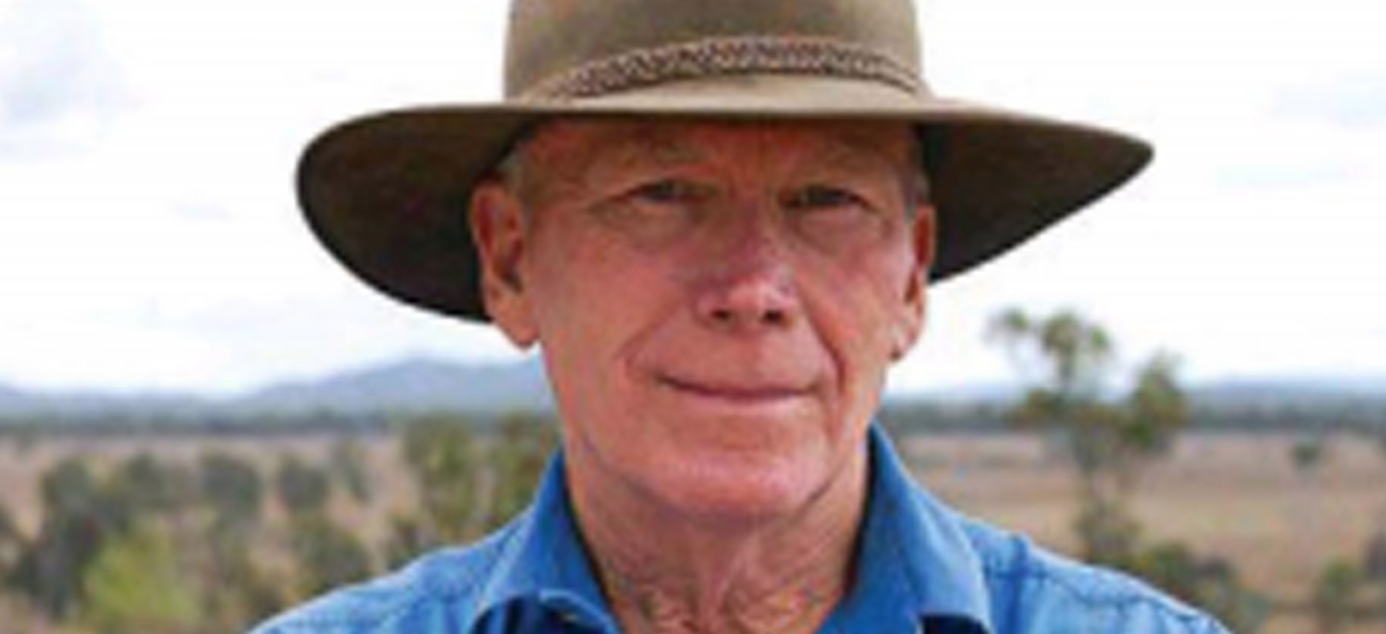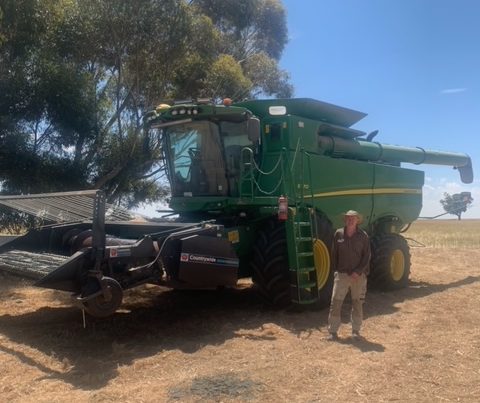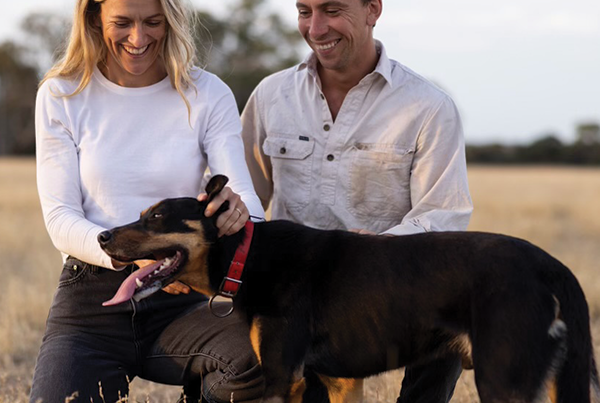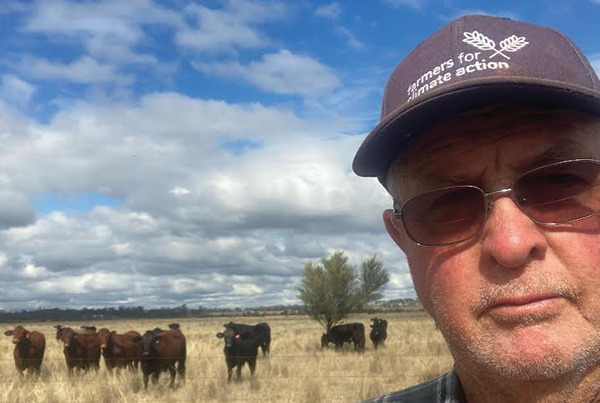
To celebrate the amazing work underway in farms across Australia, we have launched a ‘Climate-Smart Farmer in Focus’ initiative. Each month, we select one of our farmer members who are doing great things on-farm to profile and learn from.
This month, we’ve turned our attention to Queensland grazier Simon Gedda, who has found a ‘healthy environment equals healthy cows equals a healthy bank account!’
At a glance
Who: Simon Gedda
What: Markwell is a 22000 hectare property, running Brahman cross beef cattle
Where: 160km south of Mackay, Queensland
Can you tell us about your property?
My wife Sue, son Tim and I run our property, Markwell, as a team. Our yearly rainfall is 600mm (24 inches). Native pastures include black spear, forest mitchell and kangaroo grass. Introduced grasses and shrubs include American and Biloela Buffel, Urochloa, green panic, Indian couch, seca stylo and Leucaena. The country type is Brigalow, Softwood, Box and ironbark ridges. We run anywhere between 2500 and 3500 head depending on the season. The philosophy is not how many hooves we can run per hectare, but how many kilogram we can turn off per hectare. We stick to the fundamentals by providing plenty of grass and good drinking water.
How has climate change impacted on your farm business?
Climate change has affected us in a number of ways some subtle and some not so subtle. Our rainfall patterns are changing with longer spacings between events, which keeps the soil drier for longer. Temperatures are getting hotter. We had a catastrophic flood two years ago with 1000 millimetres of rain in 14 hours on the headwaters of a creek, which washed away buildings over 100 years old, inundated our high blocked house, washed away fences and completely destroyed areas of vegetation on the creek.
What are some of the climate-smart strategies you’ve been employing and how successful have they been?
After spending hundreds of thousands of dollars in the first 30-35 years here pulling down or poisoning trees and suckers, in the last 15 years we have let most of our country regrow. As well as soaking up carbon, they provide protection and shade for our livestock, native animals and the grass. I have found that you can have lots of trees and lots of grass as well!
We rotate livestock through paddocks so as to leave plenty of ground cover and sell as the grass dictates, selling feeder steers and culling heifers, dry cows and bulls. We don’t use any chemicals on our herd, preferring to use natural selection as our main tool. Although not perfect and not easy, we class ourselves as land managers and try to foster a healthy environment for native animals and plants as well as our livestock. A healthy environment equals healthy cows equals a healthy bank account!!
We’ve also learnt to expect the unexpected – what’s happened in the past is no longer an indicator of what’s going to happen, so we need to be prepared for whatever comes our way and respond accordingly – fires, floods, droughts, they’re all increasingly on the cards.

